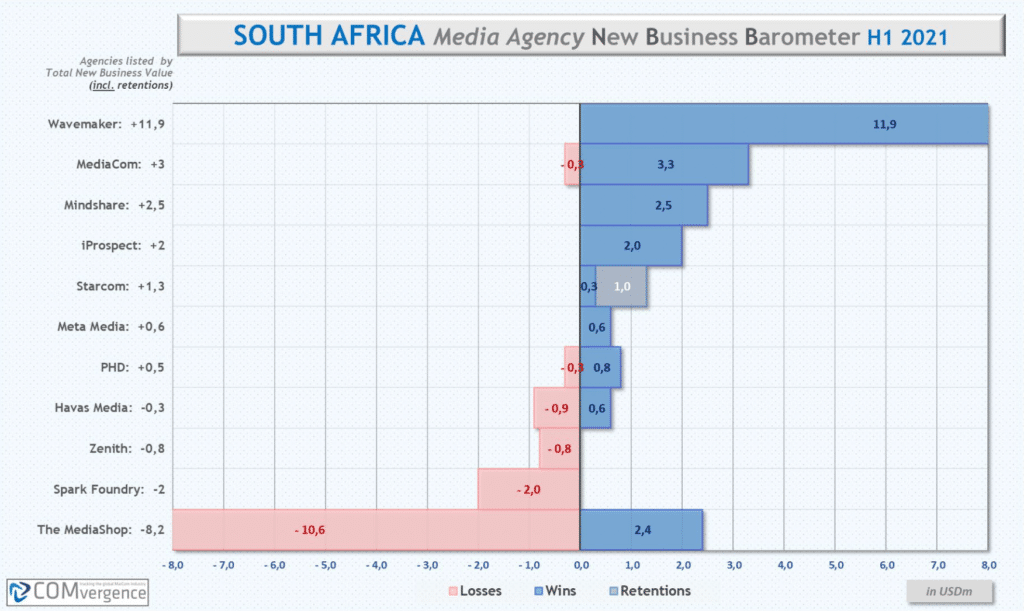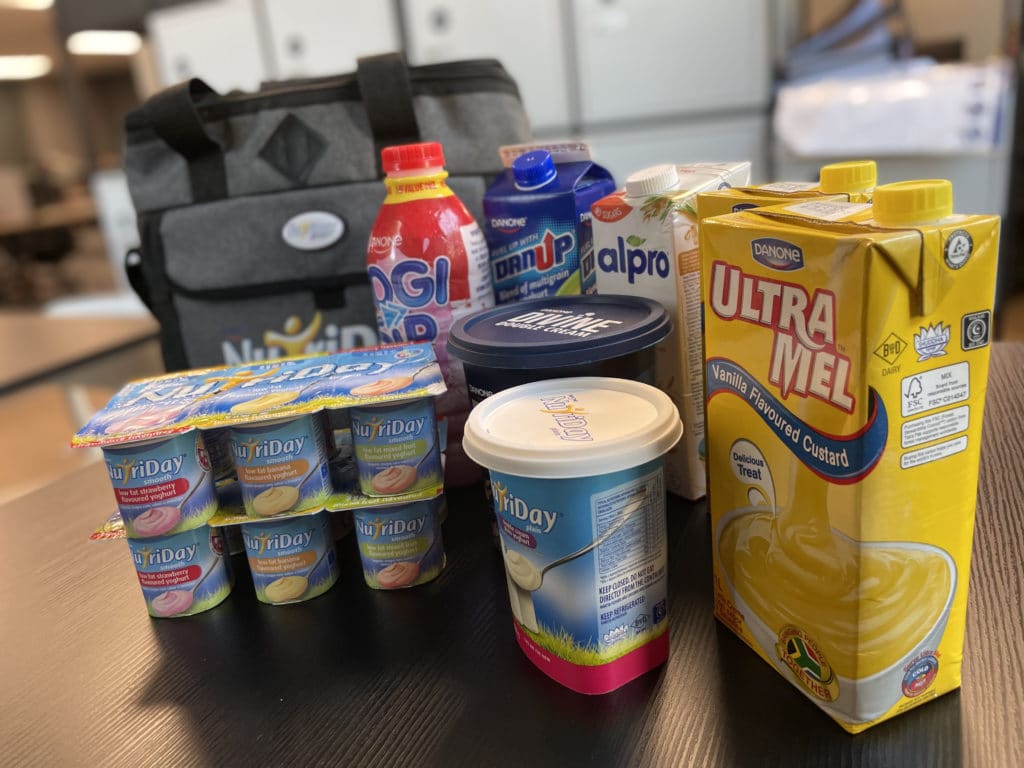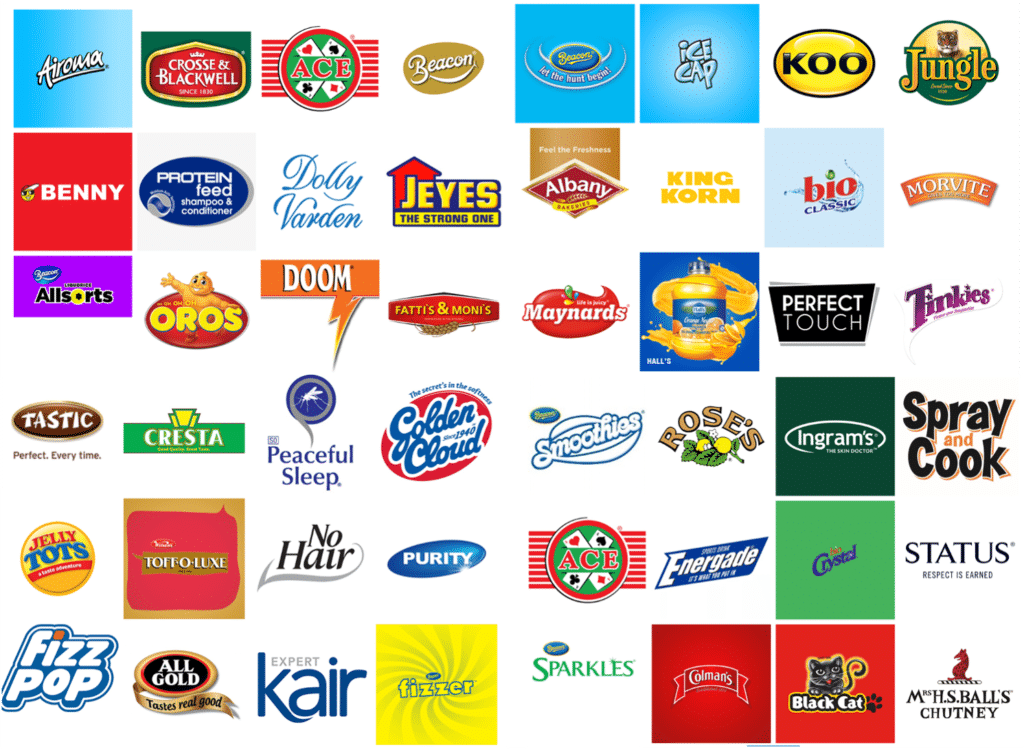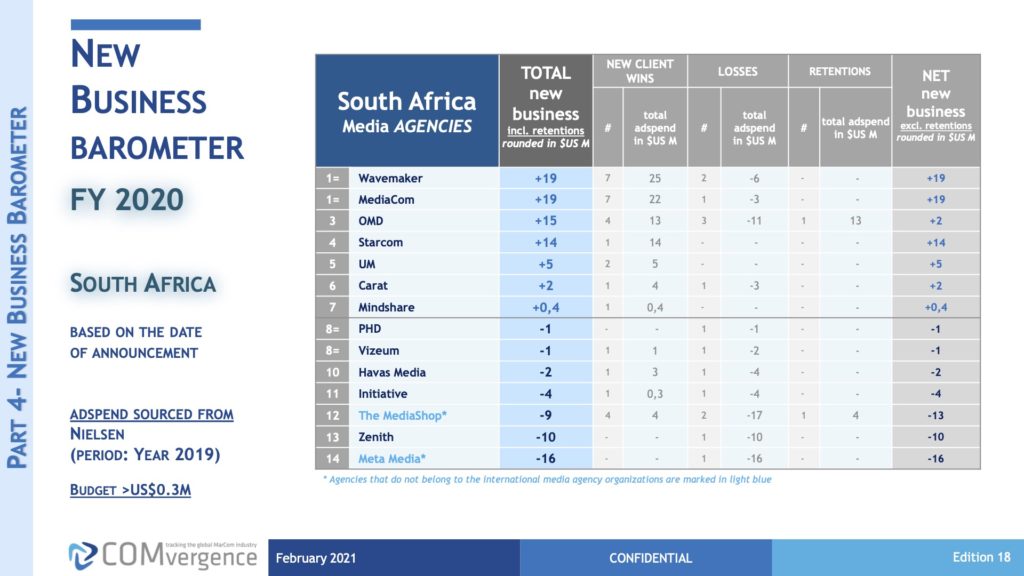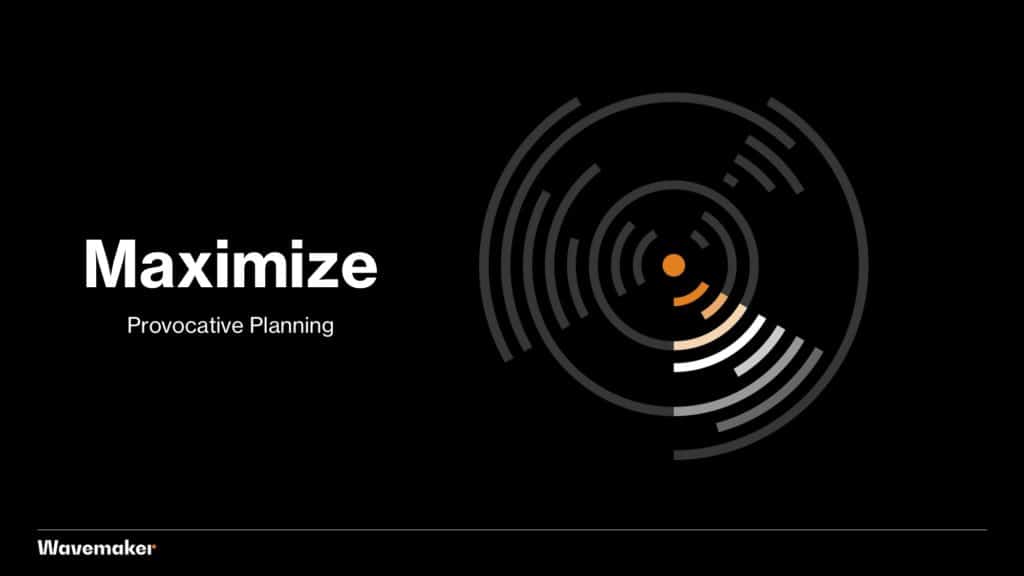For years Paid Search has reigned as the undefeated champion of effect and ROI. Google won the Great Western Algorithm War over Yahoo, Bing and the others. They did so through user centricity and providing unprecedented value and ease for customers.
But we have narrowed Search to such a fine point that we’ve forgotten the customer for whom it was built in the first place. It’s time for search, as we know it, to change.
 This is a subject close to my heart and business right now. In the four Nordic markets, we’re doing a piece of work for L’Oréal that connects their product search programmes to the entire above-the-line communications ecosystem. Integrating ecommerce, content, and data into the Purchase Journey, while transforming 30-some product brands from a traditional Search Domination strategy to delivering great customer experience across searchable platforms.
This is a subject close to my heart and business right now. In the four Nordic markets, we’re doing a piece of work for L’Oréal that connects their product search programmes to the entire above-the-line communications ecosystem. Integrating ecommerce, content, and data into the Purchase Journey, while transforming 30-some product brands from a traditional Search Domination strategy to delivering great customer experience across searchable platforms.
The problem? Search engines have become the customer
The quest for success with search engine algorithms has resulted in millions of brand websites with super search-optimised articles, where the content is designed to score well with the search engine algorithm first, and be relevant to the customer second.
At the same time, advertisers are broadly adopting an aggressive Paid Search domination strategy – the goal being to dominate the first page of search engine results with all their products. This swallows a lot of advertising dollars without providing real value to the customer.
It appears clever and the search bids can be automated so algorithms and machine learning do most of the work. But the bidding war has become increasingly more important than the customer. The system feeds itself at the cost of user value.
Conversely, social media abounds with highly engaging and relevant organic content that is not search optimised and is only seen by interested customers if supported by paid advertising. Which is also bad news for customers.
 The solution? From Search to customer experience
The solution? From Search to customer experience
Currently, users experience a disconnect between organic search, paid search and content/message. We have become synergy-poor, and optimising individual silos make interaction between these three disciplines a low priority.
It’s time for a paradigm shift. We need to re-establish focus on the customer and create value, either through a service or an experience that optimises for them, rather than for the search engine. To do this we must embrace the entire searchable Purchase Journey.
It requires a new approach to how online content is developed, produced, optimised, budgeted and distributed in one synergistic ecosystem with the customer at the centre.
A searchable content ecosystem
 Search engines are not the only place where your customers search for content. Social platforms like Facebook and WeChat are obviously huge. But please also consider Instagram, Youtube, Pinterest, LinkedIn, Amazon, Lazada, Alibaba and other ecommerce vendors in your markets, as well as influencer blogs. All play a large and growing role in the consumer’s search for information and many are increasingly evolving into commerce platforms too.
Search engines are not the only place where your customers search for content. Social platforms like Facebook and WeChat are obviously huge. But please also consider Instagram, Youtube, Pinterest, LinkedIn, Amazon, Lazada, Alibaba and other ecommerce vendors in your markets, as well as influencer blogs. All play a large and growing role in the consumer’s search for information and many are increasingly evolving into commerce platforms too.
We must start by thinking beyond the website (traditional search optimisation) to social media (social search optimisation), the influencer sphere (recommendation search optimisation) and ecommerce (purchase optimisation). Then we must establish a strong customer experience in the ecosystem with content designed and recycled across these environments. Taking this synergised approach allows us to identify ‘opportunity gaps’ across the entire consumer journey and only then fill them with Paid Search and Paid Social.
We can use the same tools that optimise search engines and redeploy them to create a stellar consumer experience. Deploying algorithms and machine learning in the entire digital ecosystem ensures that messages are relevant, easily accessible and valuable on all the platforms where the consumer is and ‘searches’. We must optimise both the message and budget according to where the greatest value is created and the greatest effect is achieved.
When the goal is creating business growth through a great customer experience throughout the Purchase Journey, Organic Search and Paid Search merge into a higher entity, sharing recyclable content. And the consumer can once again find what they are looking for.

Kristian Baek-Mikkelsen, CEO, Wavemaker Denmark
